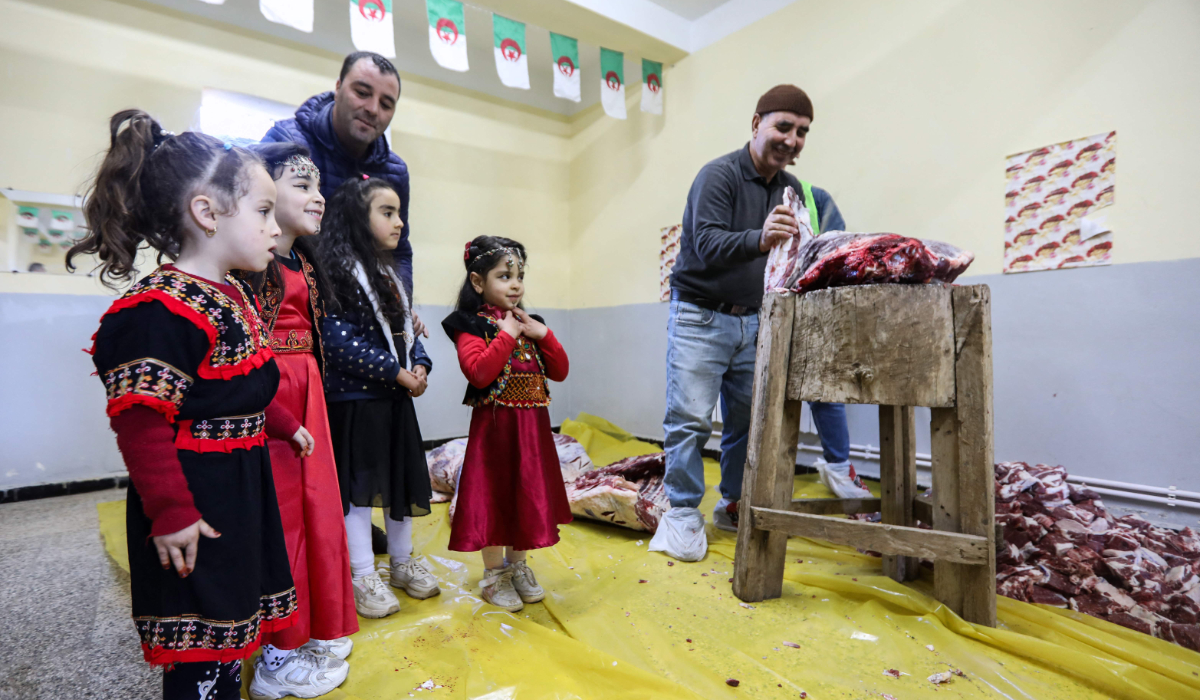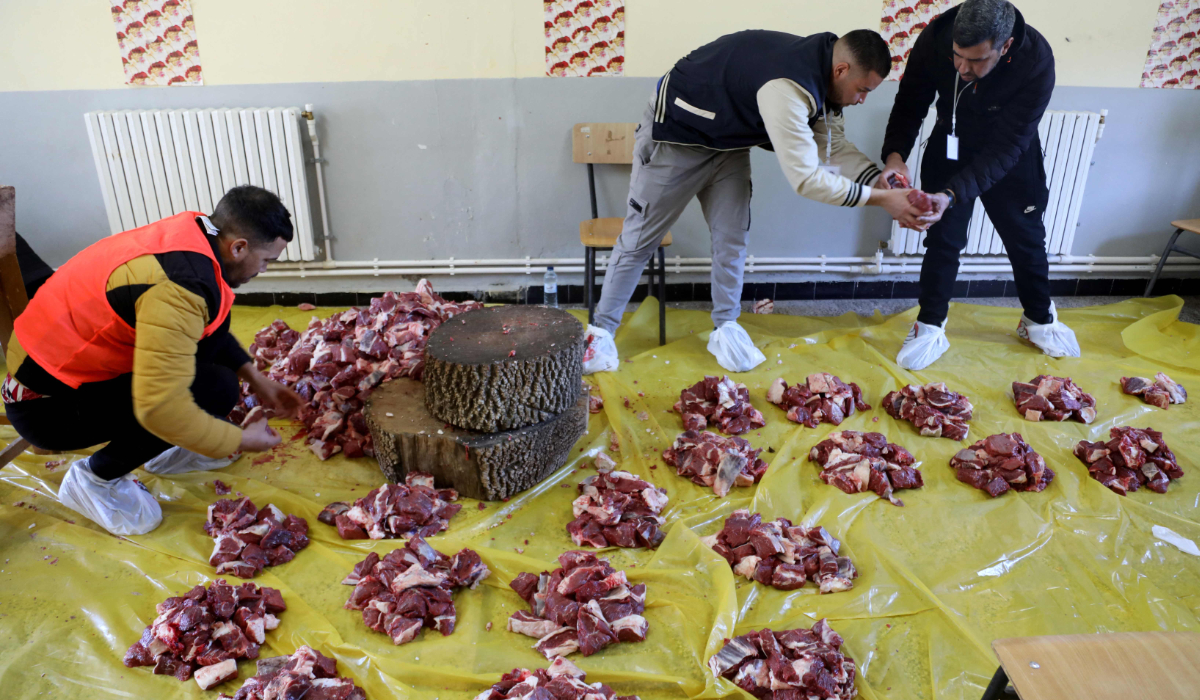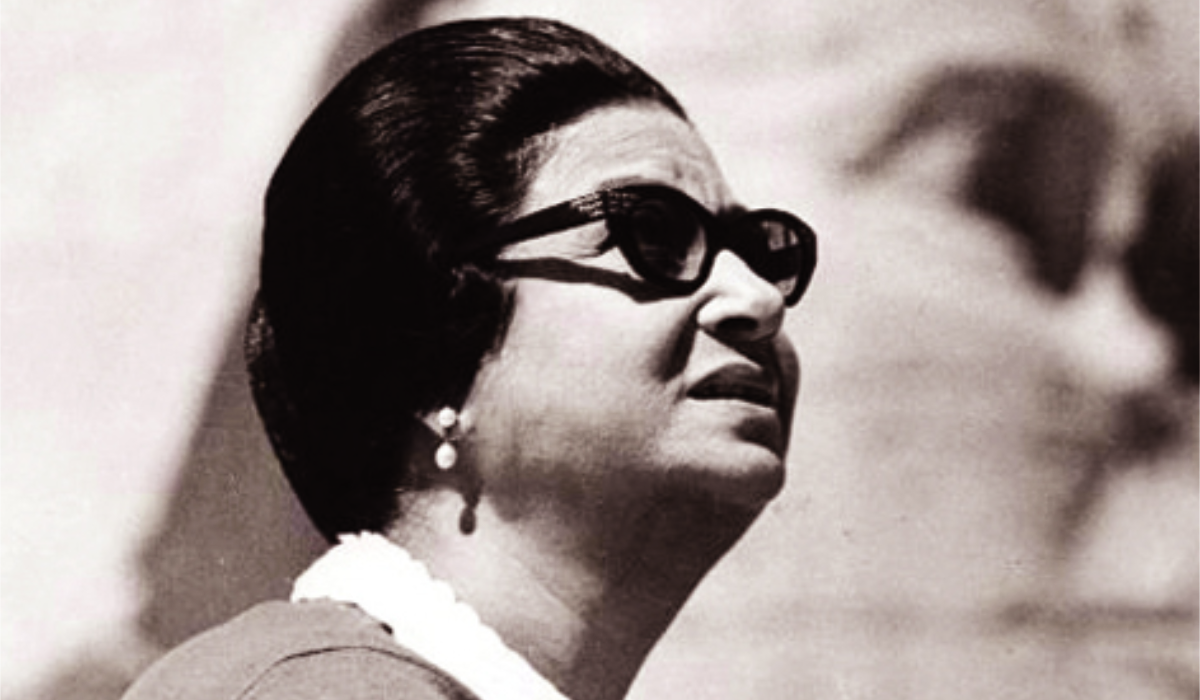NEW YORK: Global arabica coffee prices hit record highs above $3.60 per lb on Wednesday as Brazil, by far the world’s largest producer, has few beans left to sell and as worries over its upcoming harvest persist.
Dealers said 70 percent-80 percent of Brazil’s current arabica harvest has been sold and new trades are slow. Brazil produces nearly half the world’s arabica beans, a high-end variety typically used in roast and ground blends.
The country’s recent weather has been more favorable after a severe drought last year. Still, the upcoming crop will be 4.4 percent smaller than the previous, according to Brazilian food supply agency Conab.
“Global coffee supplies remain limited. Vietnam is progressing slowly with sales of its robusta crop. The arabica harvested in Central America and Colombia is taking longer to get to the market, and Brazilian farmers don’t show much interest in selling more,” said broker HedgePoint Global Markets on Wednesday.
Arabica coffee futures on the ICE exchange, a contract used globally to price physical coffee trades, hit a record high of $3.6945 per lb earlier, bringing gains for the year up nearly 15 percent. The contract later closed up 2.5 percent at $3.6655 per lb.
Robusta coffee, a generally cheaper variety used mostly to make instant coffee, rose 0.9 percent at $5,609 a metric ton.
Coffee exports from India, the world’s fifth largest robusta producer, are expected to decline more than 10 percent in 2025 due to lower production and reduced carry-forward stocks from last season’s crop.
Dealers said farmers in both India and Vietnam, the world’s top robusta producer, are holding back sales in anticipation of further price gains and that in Brazil, some 80-90 percent of the current harvest has been sold.
Broker Sucden said in a report that Brazilian farmers are also prioritizing local sales over dollar-priced exports even though the latter fetch more money as their financial position has improved significantly over the past two years.
It added the country’s current buffer stocks have eroded to an estimated 500,000 bags versus some 8 million bags traditionally, meaning any additional weather disruptions could have an outsized impact on global coffee prices.
Sucden sees the global coffee market recording a fourth successive deficit this season.
In other soft commodities traded, raw sugar rose 1.1 percent at 19.45 cents per lb, rebounding strongly from last week’s five-month low, while white sugar gained 2.2 percent at $522.90 a ton.
New York cocoa futures rose 3.3 percent to $11,745 a ton, while London cocoa gained 1.6 percent to 9,138 pounds per ton.
Coffee prices surge to record highs above $3.60 per lb
https://arab.news/g7suk
Coffee prices surge to record highs above $3.60 per lb

- Dealers said 70 percent-80 percent of Brazil’s current arabica harvest has been sold and new trades are slow
- Brazil produces nearly half the world’s arabica beans, a high-end variety typically used in roast and ground blends































